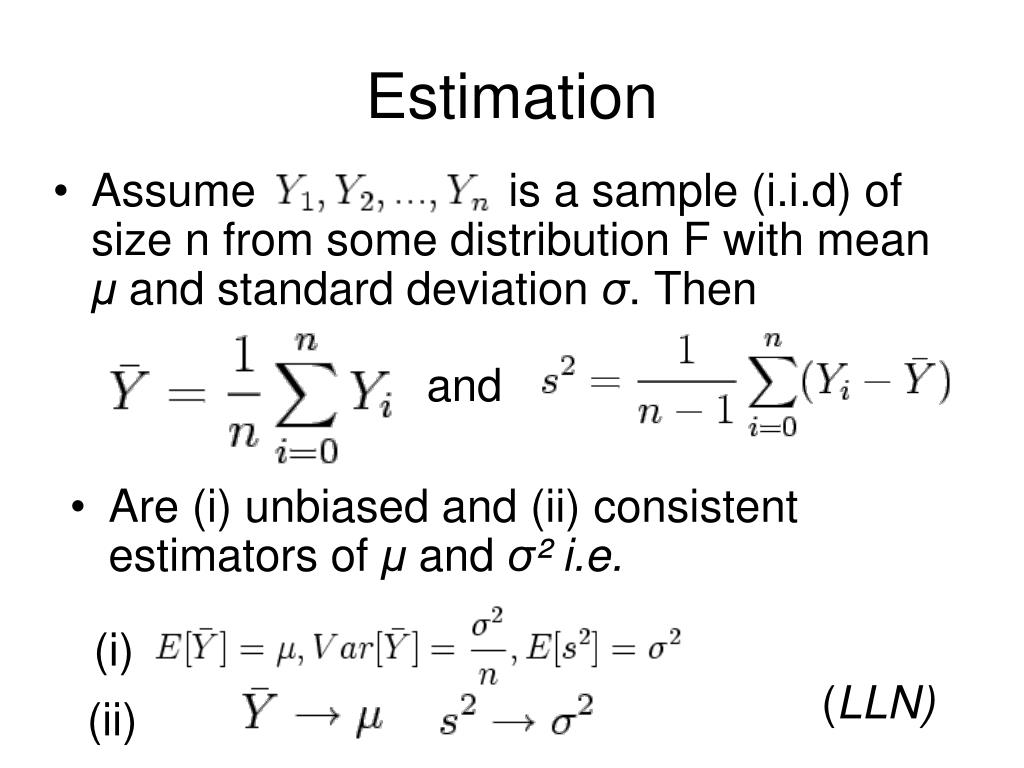

When organizing a trial, the first question that arises is the number of patients to be included in order to obtain statistically valid results.Įquivalence trials: An equivalence trial is where you want to demonstrate that a new treatment is no better or worse than an existing treatment. This example aims to estimate the necessary sample size in classical clinical trials. The main application of power calculations is to estimate the number of observations necessary to properly conduct an experiment. The statistical power calculations are usually done before the experiment is conducted. For a given power, it also allows to calculate the sample size that is necessary to reach that power. XLSTAT calculates the power (and beta) when other parameters are known. We therefore wish to maximize the power of the test. The power of a test is calculated as 1-beta and represents the probability that we reject the null hypothesis when it is false. We cannot fix it up front but, based on other parameters of the model, we can try to minimize it.

In fact, it represents the probability that one does not reject the null hypothesis when it is false. The type II error or beta is less studied but is of great importance. It is set a priori for each test and is 5 %.

It occurs when one rejects the null hypothesis when it is true. The null hypothesis H0 and the alternative hypothesis Ha. When testing a hypothesis using a statistical test, there are several decisions to take:
#Statistical calculations for trials how to#
This tutorial shows how to compute the sample size and power for a clinical trial in Excel using the XLSTAT software.


 0 kommentar(er)
0 kommentar(er)
